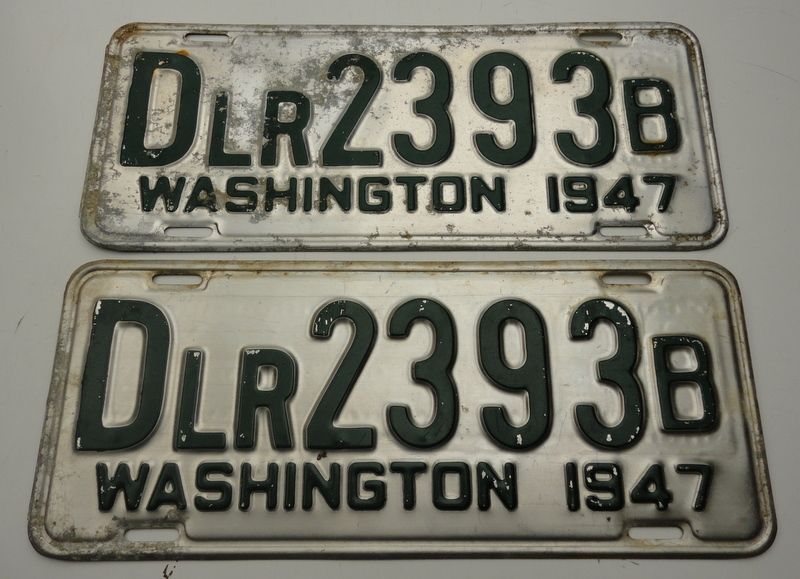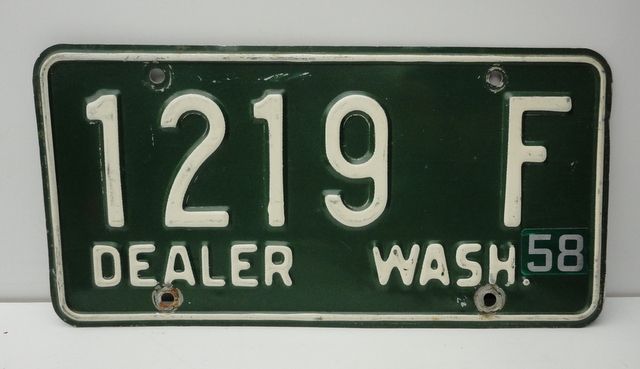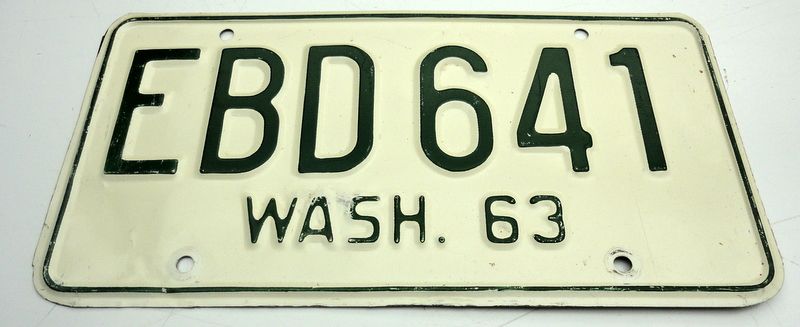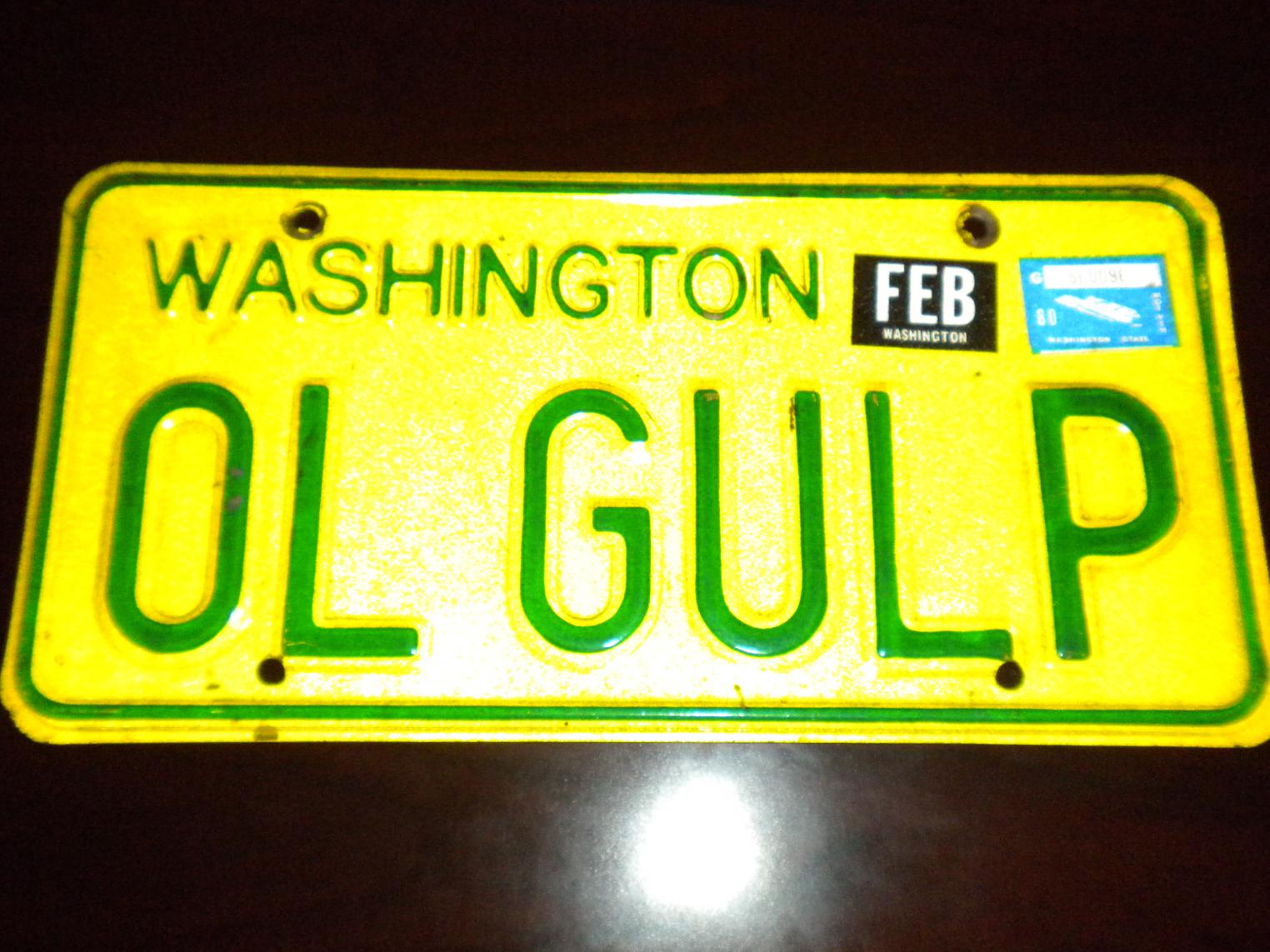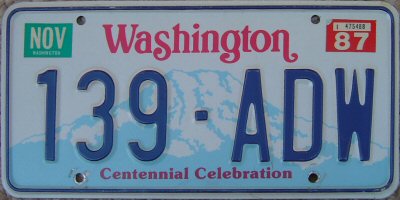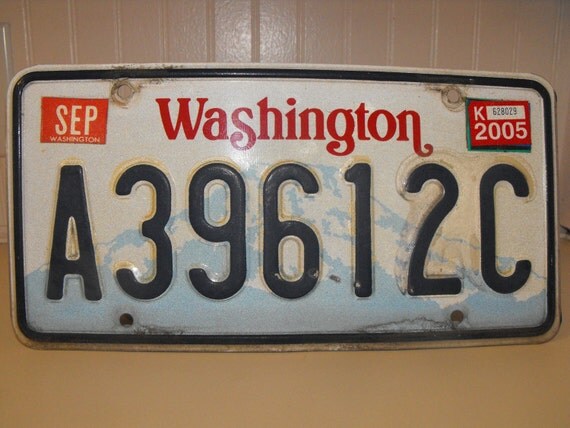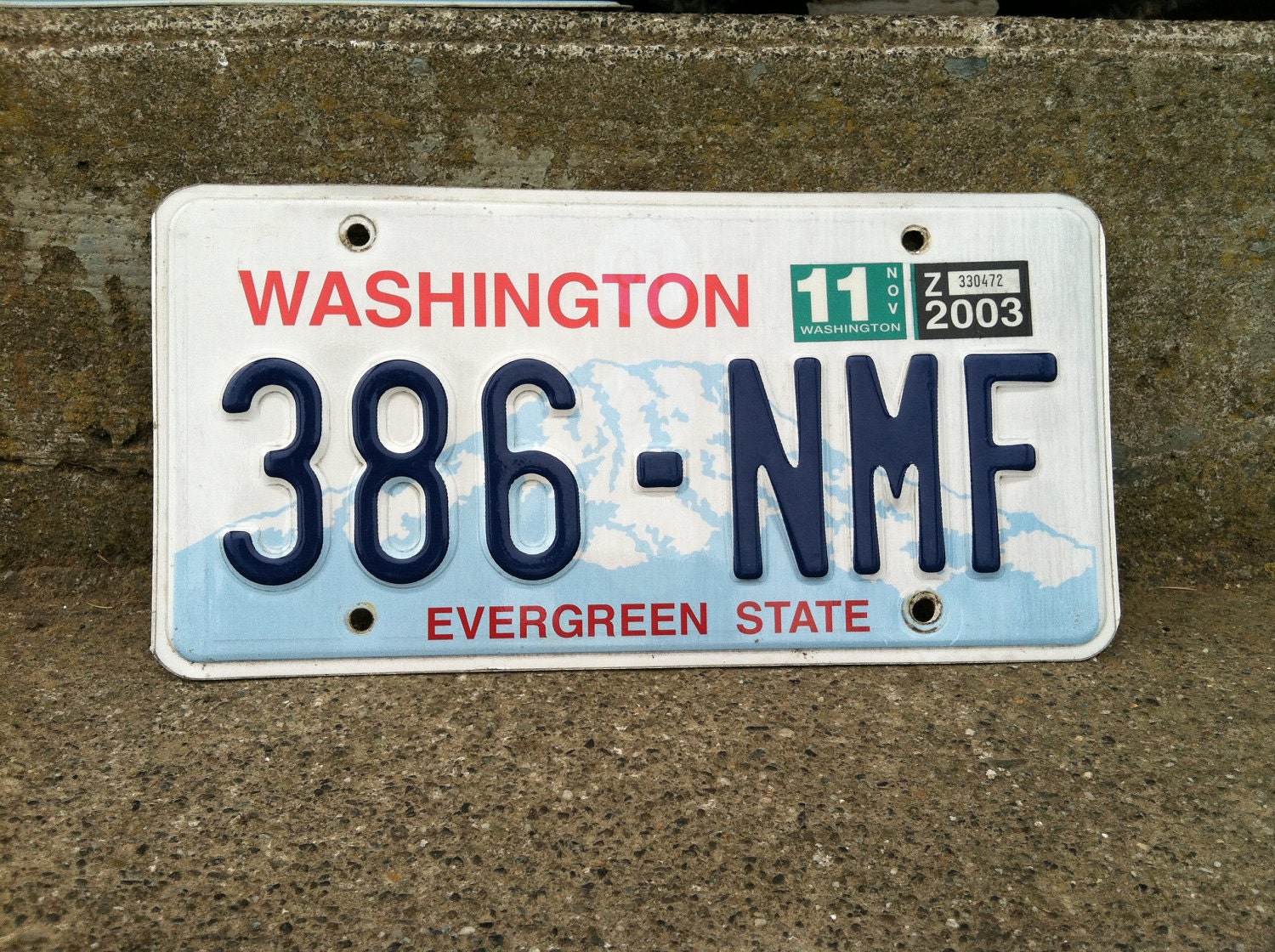- When a distinguished but elderly scientist states that something is possible, he is almost certainly right. When he states that something is impossible, he is very probably wrong.
- The only way of discovering the limits of the possible is to venture a little way past them into the impossible.
- Any sufficiently advanced technology is indistinguishable from magic.
I think the second law speaks for itself. It's true in other areas too. Racing drivers "Test" their car and the track by finding what is too much and driving as close to the edge as they dare.
The third law is the most interesting, and when somebody talks about Clarke's Law (singular) this is the one they're referring to. Even in a technological society like ours, most people operate as if the technologies they are using are magic. How many cell phone users understand even a little about how they work? I know very competent engineers who don't understand anything less vague than that they're a radio, and don't understand what a "Cell" is. (the key innovation that made them possible was the cellular handoff algorithm, allowing handoffs between radio towers organized in a cellular pattern). The television, the car, the computer are all this way. I don't think many people in our society actually believes that they're magic, but they believe they need to defer to an arcane expert to do maintenance, often rejecting their own abilities in favor of purported expert. What percent of the population really understands these things well enough to work on them? (although the reality with a lot of stuff, especially microelectronics and software, is that there are barriers to entry which are not intellectual. I can't work on the traces inside an already-built integrated circuit, even though I know how they work and have helped design them. They're too small. And a lot of stuff is intentionally secured from access, for reasons ranging from IP to national security)
Clarke talked about three generations of technological advance: One generation invents it, the next deploys it, and the third takes it for granted. Anyone in the inventing generation or earlier (and we're talking about their knowledge and analytical tools, not when they were born) who finds themselves in the "for granted" context, sees it as magic or it's equivalent. This may be because they come from sufficiently different culture, or it might literally be generational.
In the early 70s, I had a long conversation with my grandmother about computers predicting the weather. I was 17 and had recently learned to program in BASIC. She was a very smart woman (one of her sons was an economics professor and the other a rocket scientist) but she could not understand that the computer really was just a tool, and in no way capable of independent thought like a human, or even a dog. We had to teach it everything. the fact that computers were being used to predict the weather is entirely based on their capacity to implement human algorithms more quickly than humans can, not that they have any inherent knowledge or ability that humans lack. My grandmother, smart as she was, couldn't make this leap.
It's not always the case that the "for granted" generation treats a thing as magic. The four stroke engine was invented in 1876 by Nicholas Otto and commercialized by him and his one-time employee Gottlieb Daimler. Henry Ford figured out how to deploy it on a massive scale in the early years of the 20th century, and from about 1920 on, nearly every American had access to one. Many of them became competent mechanics and invented many things using them. How many mines, machine shops, sawmills, and other tiny industries had a Model T at their core, especially during the Great Depression. Even the Amish use horse drawn wagons that are built using automobile wheels and bearings. This continued for at least three generations. It's only the last few decades that people started giving up.

